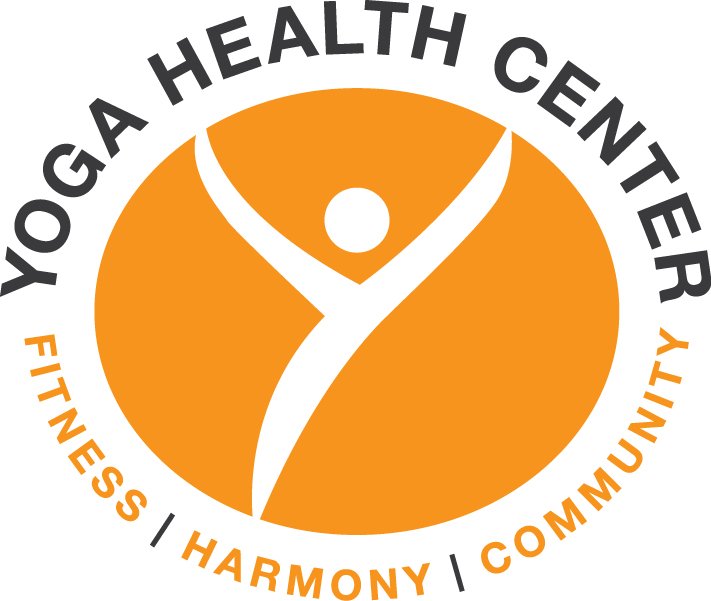Exploring Different Yoga Techniques for Stress Relief
Understanding stress and its impact
Stress can have a significant impact on our daily lives, affecting our mental and physical well-being. It can lead to feelings of anxiety, fatigue, and even physical discomfort. Research suggests that practicing yoga can be an effective way to manage stress. Through deep breathing, meditation, and various physical postures, yoga helps to calm the mind and relax the body, reducing the impact of stress on our health. Yoga can also improve our overall mood and sense of well-being. It's important to understand how stress affects us and the potential benefits of using yoga as a tool for stress relief.
Introduction to yoga techniques for stress relief
Yoga techniques can be a great way to relieve stress. These techniques involve a combination of physical postures, breathing exercises, and meditation to help calm the mind and reduce stress levels. Research has shown that regular practice of yoga can decrease the production of stress hormones in the body and promote a sense of relaxation. Some popular yoga techniques for stress relief include Hatha yoga, Vinyasa yoga, and restorative yoga. These techniques can be easily incorporated into your daily routine to help alleviate stress and improve your overall well-being.
Importance of proper breathing techniques in yoga
Proper breathing techniques are fundamental in yoga practice as they help to reduce stress and promote relaxation. By focusing on deep, intentional breathing, you can calm your mind and improve your overall well-being. Additionally, proper breathing techniques in yoga can help enhance the mind-body connection and improve your concentration during practice. Breath control can also aid in increasing energy levels and reducing anxiety and tension. Remember to breathe deeply and consciously in your yoga sessions to fully experience the benefits of this ancient practice.
Exploring meditation and mindfulness for stress reduction
Meditation and mindfulness are effective techniques for reducing stress. Studies have shown that they can lower levels of the stress hormone cortisol and promote a sense of calm and relaxation. By practicing meditation and mindfulness, you can improve your ability to cope with stress and enhance your overall well-being. Mindfulness-based stress reduction (MBSR) and mindfulness meditation are some popular techniques that focus on bringing attention to the present moment and reducing the impact of stressors. Incorporating these practices into your daily routine can help you manage stress more effectively.
Physical yoga techniques and their benefits
Physical yoga techniques, such as asanas (yoga poses) and pranayama (breathing exercises), have been shown to reduce stress and promote relaxation.
Asanas help to release tension in the muscles, improve flexibility, and increase blood flow, which can alleviate physical symptoms of stress.
Pranayama techniques, like deep breathing and alternate nostril breathing, can calm the nervous system, reduce anxiety, and enhance overall well-being.
Incorporating these physical yoga techniques into your routine can help manage stress and improve your mental and physical health.
Incorporating relaxation and restorative yoga poses
Relaxation and restorative yoga poses can be incorporated into your routine to help reduce stress and promote a sense of calm. These poses focus on gentle stretching, deep breathing, and relaxation, helping to release tension and soothe the mind. Some specific poses, such as Child's Pose, Legs-Up-The-Wall Pose, and Savasana, are known for their restorative and calming effects. Incorporating these poses into your yoga practice can provide a valuable tool for managing stress and promoting relaxation.
Yoga Nidra and its calming effects
Yoga Nidra, also known as "yogic sleep," is a type of meditation that can deeply relax the body and mind, reducing stress and anxiety. During a Yoga Nidra practice, you lie down in a comfortable position and follow a guided meditation that takes you through different stages of relaxation. This technique is known for promoting better sleep and improving overall well-being. Regular practice of Yoga Nidra can help in reducing tension and enhancing emotional resilience.
Exploring the practice of Yin Yoga for stress relief
Yin Yoga is a gentle and slow-paced practice that focuses on stretching and relaxation. It involves holding positions for longer periods, usually between 3 to 5 minutes, which can help release tension and improve flexibility. Through deep breathing and meditation during these poses, practitioners can experience a calming effect on the mind and body, making it an effective technique for stress relief.
Incorporating yoga into daily routines for managing stress
Yoga is a great way to manage stress in daily life. According to studies, incorporating yoga into your daily routine can help reduce stress and promote relaxation. Some effective yoga techniques for stress relief include deep breathing exercises, gentle stretching, and meditation. You can also try restorative yoga or yin yoga, which focus on relaxation and stress reduction. Adding just a few minutes of yoga to your daily routine can make a significant difference in managing stress and promoting overall well-being.
Summary and key takeaways
Yoga offers various techniques to help relieve stress, such as Hatha, Vinyasa, and Restorative yoga, each with its own benefits. Hatha yoga focuses on the basics and is great for beginners, while Vinyasa yoga consists of flowing movements and is more fast-paced. Restorative yoga, on the other hand, involves gentle, slow movements and is excellent for relaxation. Combining these different yoga practices can provide a well-rounded approach to stress relief and promote a sense of calm and relaxation.


